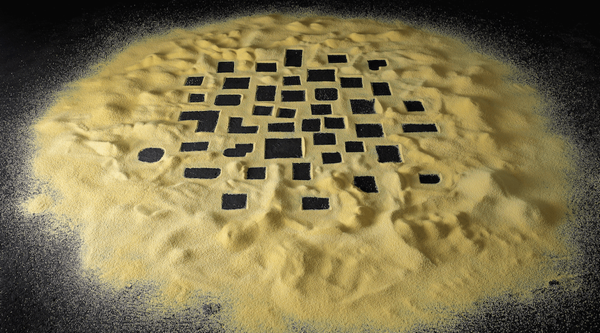Special Topics: Global Politics and Contemporary Art

The end of World War II saw a dramatic shift in how the idea of a "world" was understood, especially by visual artists and their audiences. Focusing on art made after the seminal year of 1945, this course examines artistic production and reception under various forms of political rule with a special emphasis on the relationship between visual art produced under authoritarian rule. The vast scope of this subject necessitates a case study model; among the anticipated case studies are the interventions of Cildo Meireles in post-1964 Brazil, ink painting in Maoist China and social practice in post-millennium America. At its broadest level, this course traces the various trajectories that might collectively be described as art's manifold relationship to globalism.
HISTART Concentration Distributions: 4. Modern and Contemporary, C. Asia (includes China, Japan, India, South and Southeast Asia, and the Pacific), D. Europe and the US.
This course fulfills the LS&A Humanities distribution requirement